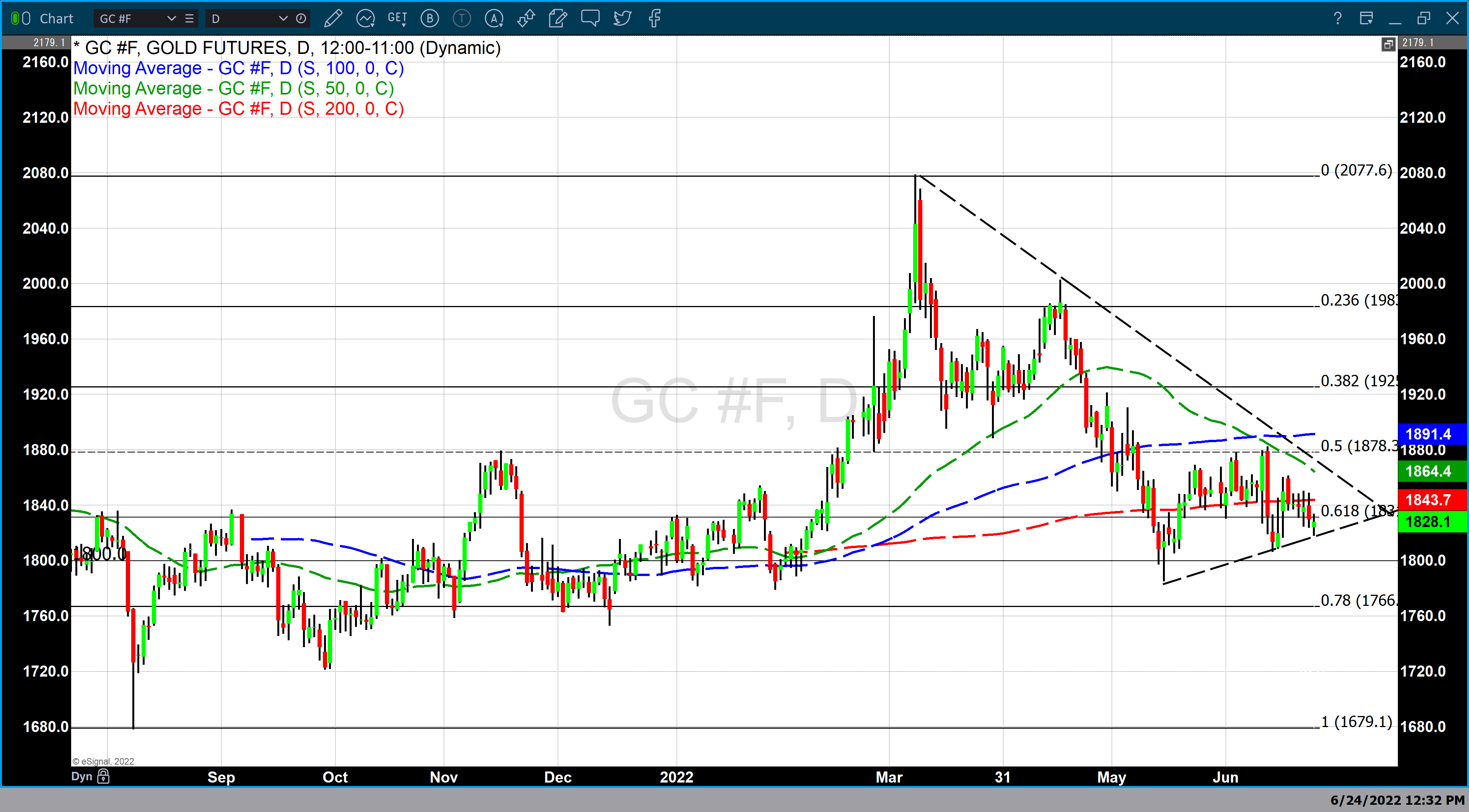Chairman Powell’s testimony before Congress this week painted a dire economic outlook which will include the continued contraction of the national GDP coupled with continued interest rate hikes.
During his testimony, it was evident that there was a subtle difference in his word track that was uncharacteristic and a dramatic change from his usual refined method.
The chairman made it clear that the Federal Reserve has one goal in mind above all others and that is to reduce the level of inflation. They emphatically stated that the actions of the Federal Reserve will most likely lead to a recession rather than a soft landing.
Yahoo finance captured his overall demeanor in a most articulate manner saying, “He said a recession caused by the Fed’s own monetary tightening remains a “possibility.”
A soft landing, with higher rates but a still-healthy economy, would be “very challenging” to achieve. And Powell said the Fed’s fight against inflation was “unconditional,” meaning nothing will stand in its way.”
The revisions by the Federal Reserve to their monetary policy most certainly would contract the economy and bring on a recession.
A recession is defined as “a period of temporary economic decline during which trade and industrial activity are reduced, generally identified by a fall in GDP in two successive quarters.”
The last GDP report revealed that the United States had an economic expansion leading to a 6.9% growth in the GDP for Q4 of 2021. If advanced estimates for the GDP Q1 are correct it will indicate a decrease in the real gross domestic product (GDP) for the first quarter of this year.
The last occurrence of a contracting GDP quarter to quarter occurred during Q2 of 2020. However, the following quarter (Q3 2020) revealed a robust increase in national GDP.
This is why next week’s report is so critical. On Wednesday, June 29 the BEA (Bureau of Economic Analysis) will release the U.S. GDP first-quarter report.
According to the advanced estimate released on April 28, “Real gross domestic product (GDP) decreased at an annual rate of 1.5 percent in the first quarter of 2022, according to the "second" estimate released by the Bureau of Economic Analysis. In the fourth quarter, real GDP increased 6.9 percent.”
Currently, there is a high probability that the actions of the Federal Reserve will lead to a recession. The question is not whether or not the United States will enter recession but rather when the recession will begin and how long the recession will last.
While a recession can stabilize gold pricing, and higher inflation certainly creates a bullish undertone for the precious yellow metal, rising interest rates have become a primary focus on the future price of gold and has pressured pricing lower since March of this year.
Gold has declined just over 12% from the highs of $2070 in March to gold’s current pricing of $1828. While it seems as though there is strong support for gold at $1800 depending on how aggressive the Federal Reserve becomes in regard to further rate hikes.
Besides the GDP report due out on Wednesday, on Thursday the government will release its latest core inflationary numbers when the U.S. PCE price index report is published.
For those who would like more information simply use this link.
Wishing you, as always good trading,
Gary S. Wagner
The Gold Forecast

